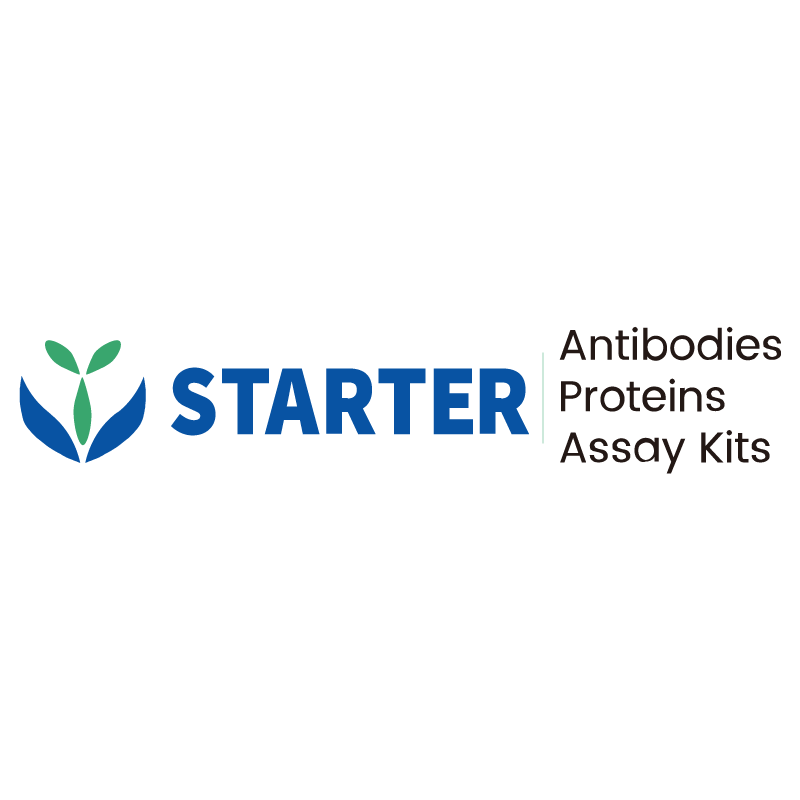2 μg(R: reducing conditions)
Product Details
Product Details
Product Specification
| Species | Human |
| Synonyms | Serum amyloid A-1, SAA1 |
| Accession | P0DJI8 |
| Amino Acid Sequence | Protein sequence (P0DJI8, Arg19-Tyr122) RSFFSFLGEAFDGARDMWRAYSDMREANYIGSDKYFHARGNYDAAKRGPGGVWAAEAISDARENIQRFFGHGAEDSLADQAANEWGRSGKDPNHFRPAGLPEKY |
| Expression System | E.coli |
| Molecular Weight | Predicted MW: 11.7 kDa Observed MW: 11.7 kDa |
| Purity | >95% by SDS-PAGE |
| Endotoxin | <1EU/μg |
| Physical Appearance | Lyophilized Powder |
| Storage Buffer | Lyophilized from a 0.2 μm filtered solution of 0.2M PBS, pH7.4. |
| Reconstitution | Reconstitute no more than 1 mg/mL according to the size in deionized water after rapid centrifugation. |
| Stability & Storage | 12 months from date of receipt, -20 to -70 °C as supplied. 6 months, -20 to -70 °C under sterile conditions after reconstitution. 1 week, 2 to 8 °C under sterile conditions after reconstitution. Please avoid repeated freeze-thaw cycles. |
Background
Serum amyloid A1 (SAA1) is a protein that in humans is encoded by the SAA1 gene. SAA1 is a major acute-phase protein mainly produced by hepatocytes in response to infection, tissue injury and malignancy. When released into blood circulation, SAA1 is present as an apolipoprotein associated with high-density lipoprotein (HDL). SAA1 is a major precursor of amyloid A (AA), the deposit of which leads to inflammatory amyloidosis. SAA1 has been a clinical indicator and reliable biomarker for inflammatory diseases, chronic metabolic disorders and late-stage malignancy. SAA1 has been extensively studied for its binding to HDL, with results suggesting a role in lipid metabolism. SAA1 has been associated with tumor pathogenesis, and its gene polymorphism is a contributing factor to certain types of malignant tumors. SAA1 has also been shown to affect the tumor microenvironment and contribute to tumor cell metastasis.
Picture
Picture
SDS-PAGE


